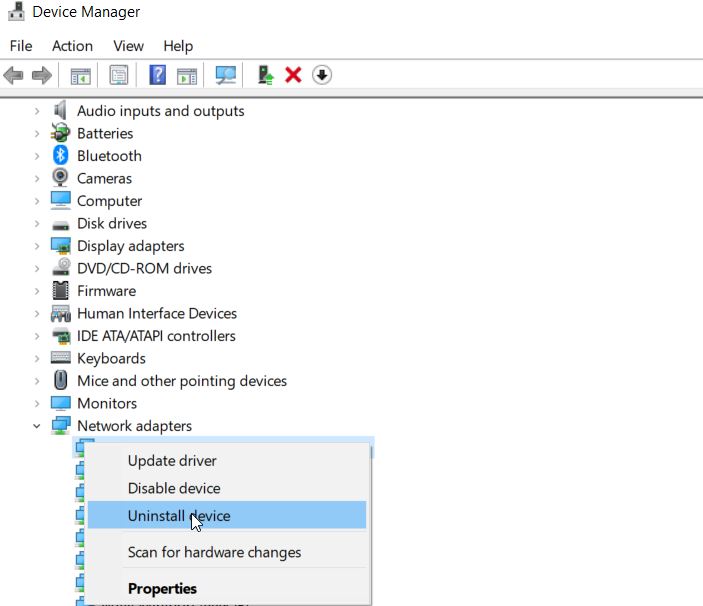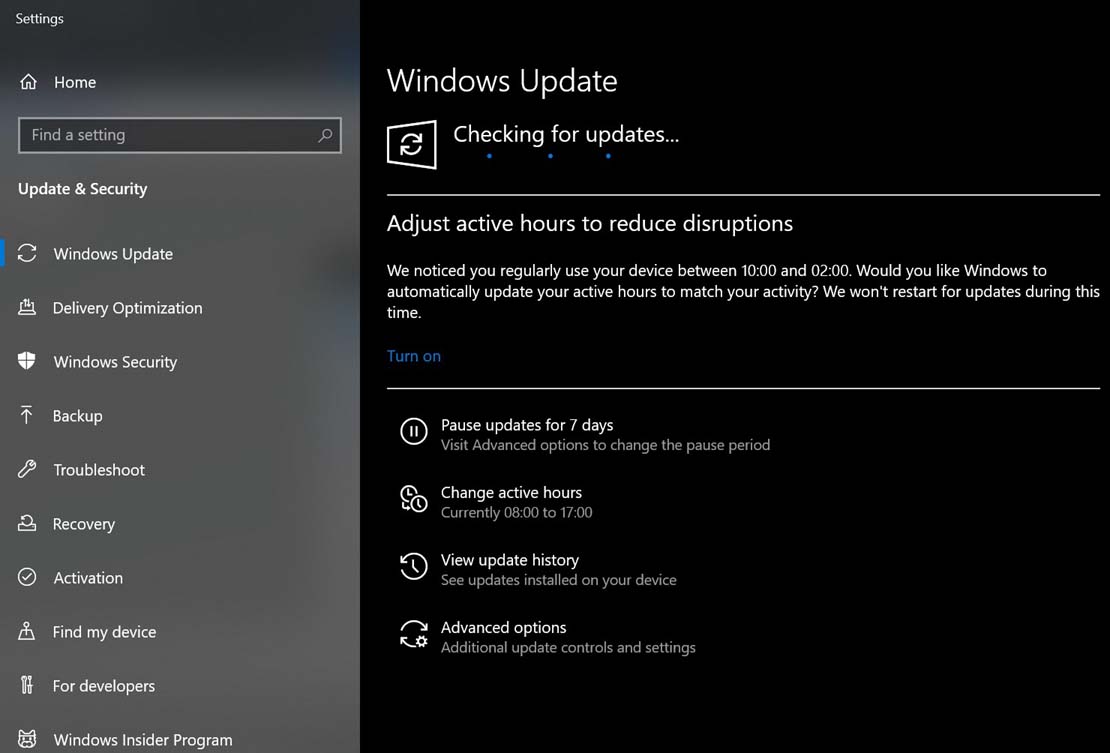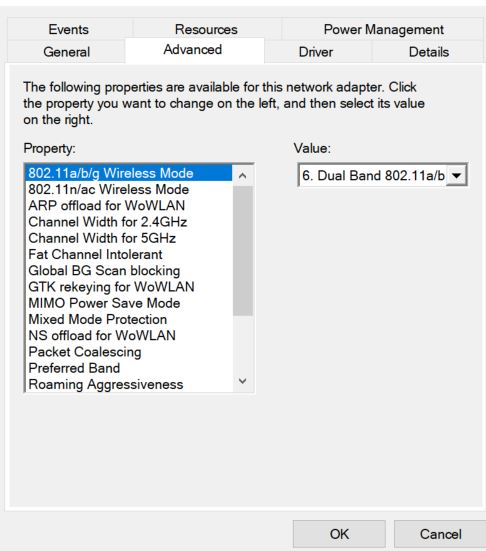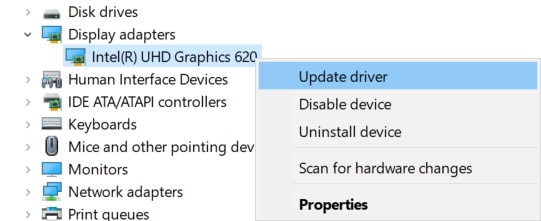Users who frequently connect their mobile phones, tablets, and other smart devices with big screens know how important a device is the Microsoft Wireless Display Adapter. It proves to be a great help for those users who enjoy multimedia on big external displays. However, like several other internal and external devices, it also is not left alone with error issues and glitches.
How to Fix If Microsoft Wireless Display Adapter Won’t Connect?
Recently, some users have been reported that the “Microsoft Wireless Display Adapter Won’t Connect” on Windows 10. As per users, after upgrading to Windows 10, they were not able to connect their Surface Pro 3 to a smart TV using the Microsoft Wireless Display Adapter. However, the issue is quite common and can be solved within no time using the fixes mentioned in the guide below. Have a look:
Also Read
Download Dolby Audio Driver for Windows 11/10/8.1
Fix: Twitch Xbox No Sound or Video
How To Fix External Hard Drive I/O Device Error in Windows 11/10
Fix: Win+Shift+S Not Working on Windows 11/10
Fix: Minecraft “You Need To Authenticate to Microsoft Services” Error
How to Link Your Microsoft Account via microsoft.com/link
FIX 1: Uninstall MWDA driver:
Sometimes, simply uninstalling the Microsoft Wireless Display Adapter driver and allowing Windows 10 to reinstall it automatically will fix the issue for you. For doing so, follow the steps given below:
- Firstly, right-click over the Windows icon on the bottom-left corner of your display screen and select the option Device Manager from the context menu.

- On the Device Manager window, expand Network Adapters, locate the option Marvell AVASTAR Wireless-AC Network Controller, right-click over it, and select Uninstall.
- Once it is uninstalled, restart your computer.

- Now Navigate to Settings (type Settings in the desktop search bar and select the relevant option), click on Updates & Security and then select the Check for Updates tab.
- Your system will now automatically install the Wireless Display Adapter driver, and the said error will get resolved in no time. You can check for the same and confirm.
FIX 2: Change the Wireless Frequency Band:
For doing so,
- Firstly, right-click over the Windows icon on the bottom-left corner of your display screen and select the option Device Manager from the context menu.
- On the Device Manager window, expand Network Adapters, locate and right-click on the option Marvell AVASTAR adapter and further select Properties.

- On the Next window, navigate to the Advanced tab from the vertical menu and, under the Property section, select Band.
- Now under Value, click over the arrow and then select Auto option and then click on OK.
Note: For Surface 3, Surface Pro 3, Surface Pro 4, or Surface Book users, they can connect on either 2.4GHz or 5GHz wireless frequency band with the Microsoft Wireless Display Adapter. However, one requires to have a 2.4GHz frequency band enabled in order to pair the Surface device with the adapter. In case this frequency band is disabled, one would not be able to use the Microsoft Wireless Display Adapter and screen the media on TV.
FIX 3: Reinstall Graphics Card Driver:
For some users, it can be some issues with the graphics card (Intel HD Graphics) that might prevent your Microsoft Wireless Display Adapter from working normally. Here the simple solution is, reinstalling the Graphic Card Driver. For doing so, follow the steps given below:
- Firstly, right-click over the Windows icon on the bottom-left corner of your display screen and select the option Device Manager from the context menu.

- On the Device Manager window, locate your Graphics Card driver, right-click over it, and select Uninstall.
- Once it is uninstalled, restart your computer. During the initial restart process, your system will automatically install the missing drivers.
FIX 4: Reset the Adapter:
When reinstalling any of the drivers does not help in your case, one of the finest solutions is to reset the adapter. For doing so, follow the steps given below:
- Press and hold the Reset button on your adapter for up to 10 seconds.
- Now open Action Center from the Taskbar when you see the message “Ready to connect”.
- Now select Connect, and then in the list of the display, select the option Microsoft Wireless Display Adapter.
- It will resolve the Microsoft Wireless Display Adapter Won’t Connect issue in no time.
FIX 5: Change the Refresh Rate:
As per a few of the suffered users, the Microsoft Wireless Display Adapter Won’t Connect issue can also result from the refresh rate. In accordance with that, it can be resolved by doing the following:
- Firstly, open your Graphics Adapter Software.
- Now change the refresh rate from 30Hz to 25Hz and save the changes.
FIX 6: Uninstall Problematic Software:
Another problematic scenario that can possibly trigger the Microsoft Wireless Display Adapter Won’t Connect on Windows 10 issue is the use of Cyber Ghost VPN. As per some users, once they removed the application, the issue got resolved. However, in case you still want to use Cyber Ghost, it is advisable that you download and install the latest update and check whether it helps.
Not only VPN application but even other application can also trigger the said issue; thus, it is advisable to research before you recognize the problematic application.
FIX 7: Disable your Antivirus Software:
One of the reasons that you are facing the Microsoft Wireless Display Adapter Won’t Connect issue can be your antivirus software. Some of the suffered users claim that at the time, their antivirus software interferes with the internet connection and prevent Microsoft Wireless Display Adapter from working smoothly. The situation is claimed specifically for the AVG antivirus.
Here to resolve the issue, it is advisable to disable your antivirus software. In case it does not help, you can also remove the antivirus. You can use a dedicated software remover tool for that as it will help in removing certain files and registry entries that are left behind.
However, as antivirus are one of the security software for keeping your computer virus and malware-free, it is advisable that you switch to any other reliable antivirus as soon as possible.
FIX 8: Connect the Adapter Properly:
Suppose none of the above fixes works for you. In that case, it is possible that the Microsoft Wireless Display Adapter Won’t Connect on Windows 10 issue is the result of a manual connectivity issue. Thus, here the basic solution is “Connect your adapter properly”. For doing so, follow the steps given below:
- Firstly, connect the adapter to the USB port and then connect it to the HDMI port.
- Further switch to the HDMI input. Unless you have switched to the correct input, your device will not start functioning.
- Finally, choose the device and add a wireless display. The issue would have got resolved by now.
These were some of the tried, tested, and proven solutions for the Microsoft Wireless Display Adapter Won’t Connect on Windows 10 issue. Considering all the scenarios, it is advisable to check for manual defects first and then further go for the other fixes.
By the end of the article, we hope that you will be able to resolve the Microsoft Wireless Display Adapter connectivity issue within no time. Once resolved, you can then connect your small handy device with big screens easily. After reading this article, if you have any queries or feedback, please write down the comment in the below comment box.
